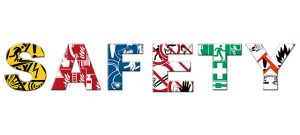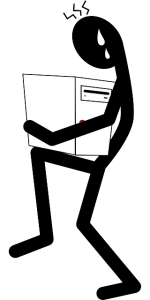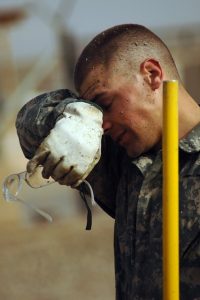 Unpaid internships can be a great win-win solution for business looking to attract new talent and students interested in getting some real-world work experience. But unless you’re careful in how you structure and manage your internship program, you could run afoul of labor laws and find yourself facing some hefty fines. The Department of Labor offers this six-point test to make sure your unpaid internship stays on the right side of the law:
Unpaid internships can be a great win-win solution for business looking to attract new talent and students interested in getting some real-world work experience. But unless you’re careful in how you structure and manage your internship program, you could run afoul of labor laws and find yourself facing some hefty fines. The Department of Labor offers this six-point test to make sure your unpaid internship stays on the right side of the law:
- The internship offers experience similar to what would be gained in an educational environment like a traditional class.
- The experience is designed to benefit the intern.
- The intern is not used in place of regular employees, but works under supervision of the staff.
- The intern isn’t necessarily guaranteed, or entitled to, a job at the completion of the internship.
- Both the employer and the intern understand that wages will not be paid during the internship period.
- The employer doesn’t receive any immediate advantage from the intern’s activities; that is, it’s designed for the learning benefit of the intern.
This six-point test generally is applicable even when your internship provides academic credit in exchange for work. If your internship program fails to meet any of these criteria, wage and overtime provisions may apply, which means your company could be sued by the intern and even by the school.
To reduce your business’ risk of litigation, review your internship program to make sure it passes the six-point test as well as any applicable state laws. And to maximize protection, consider formalizing your internship program with the guidance of your human resources department or counsel, developing a description of the program that emphasizes its educational benefits and defines the role of an intern in your company.
An unpaid internship can provide a great opportunity for students to gain applicable knowledge and an understanding of their chosen field. Taking a few simple preventive steps helps ensure your company can continue to provide learning opportunities as well as an enriching experience for students.









